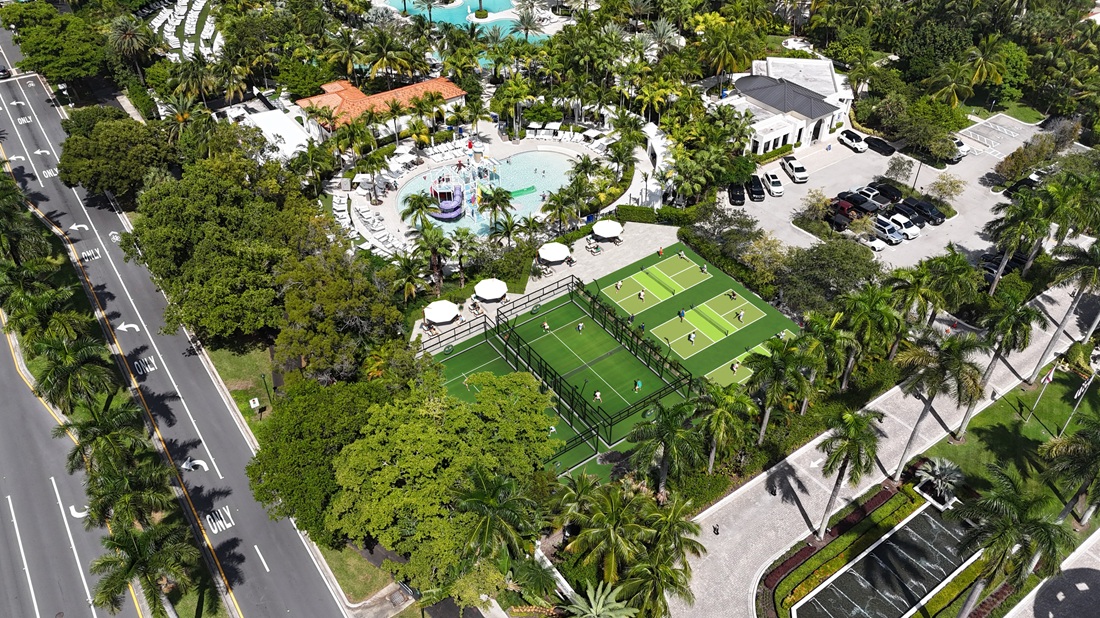Steve Wynn: Wynning Odds
The Game Plan
For more than 40 years, the genius businessman has raised the stakes in Las Vegas, but he’s quick to credit banker/financier E. Parry Thomas for much of his success. Wynn met the most powerful banker in Nevada at the demise of the Frontier Hotel era. “Thomas became my second father, and everything that has happened to me from that point forward is due to him.”
The banker lent Wynn $1.2 million to sell prime real estate to billionaire Howard Hughes. Wynn then took his profits and bought stock in the Golden Nugget, which he eventually took over. He also owned the Golden Nugget in Atlantic City.
Still, prior to the 1990s, there was no glamour on the Strip, no elegance in the hotels. Vegas in the ‘70s and ‘80s was stuck in a time capsule. Then Wynn changed the façade of Las Vegas, starting with the Mirage in 1989, which was his first major casino and hotel on the Strip.
The visionary began creating a world everybody wanted to be part of. The erupting volcano at the Mirage, the sinking pirate ship at Treasure Island, and the fountains that dance to Italian singers at Bellagio brought over-the-top entertainment and awe to Sin City.
Playwright Neil Simon is partially to thank for the onset of Wynn’s vision. “I was watching TV,” Wynn recalls. “Neil Simon was on the ‘The Tonight Show with Johnny Carson’ discussing (his comedy) Plaza Suite and Johnny said to Neil, ‘How do you do it?’ And Neil said, ‘Johnny, it’s not a hard concept; comedy lies in conflict.’”
Wynn pondered this idea the next day while parked across the street from the property that would be the Mirage in his 1985 powder blue Mercedes 280SL. “I thought, ‘What the hell kind of conflict could I set up here that would fascinate people?’ I remember saying to myself, ‘Suppose if what they see with their eyes doesn’t match with what they see in their head. Suppose if what you see is so out of sync, it doesn’t make sense.’” Conflict creates tension, and tension can bring people into his buildings, Wynn reasoned. At that moment, he thought of the musical “South Pacific” and the idea of bringing Bali Ha’i, the volcanic Hawaiian island from the movie, to the desert. He outfitted his first megaresort with a lush waterfall, indoor forest, and erupting volcano.
“People would then ask, ‘Could the inside of this place be as fanciful as the outside?’” he says. “That simple question was the same idea behind the pirate ship at Treasure Island and the fountains at the Bellagio.”
He never changed his philosophy until Wynn Las Vegas—and there he switched 180 degrees. Instead of themed hotels and showmanship, Wynn Las Vegas thrives on being non-Vegas with its sleek sexiness, hush-hush exclusivity, high-end retail boutiques, and country club coziness (there is a golf course at the hotel, after all).
“Las Vegas Boulevard may be a nice address, but it can be ugly; it can be tasteless; it can be harsh,” Wynn says. “I knew I had to change at Wynn. My audience was no longer the people on the street; it was the people in the hotel. Let them walk down to the country club for a change of pace and get away from the gamblers. I deliberately put the slots away from the restaurants, so when people sit down to dinner, they are not overwhelmed with overstimulation. People like different stimulations and we respect that. This place acknowledges the diversity of your interests. You can come to my hotel and take an hour to look at great paintings and be quiet.”
Indeed, the many pieces of great art scattered throughout his resorts is another distinctive trademark of the Wynn Empire. The man who can see both the big picture and the meticulous details is notoriously known for his extensive art collection—with his largest inventories in Picasso and Matisse. Hanging in his apartment are two Picasso paintings from the famous 1932 series, which displayed at a Paris art show that year side by side. “Now 80 years later, here they are side by side in Las Vegas,” gushes Wynn, who on the spot of the Haute Living interview, decides he’s going to Art Basel Miami Beach this year.












